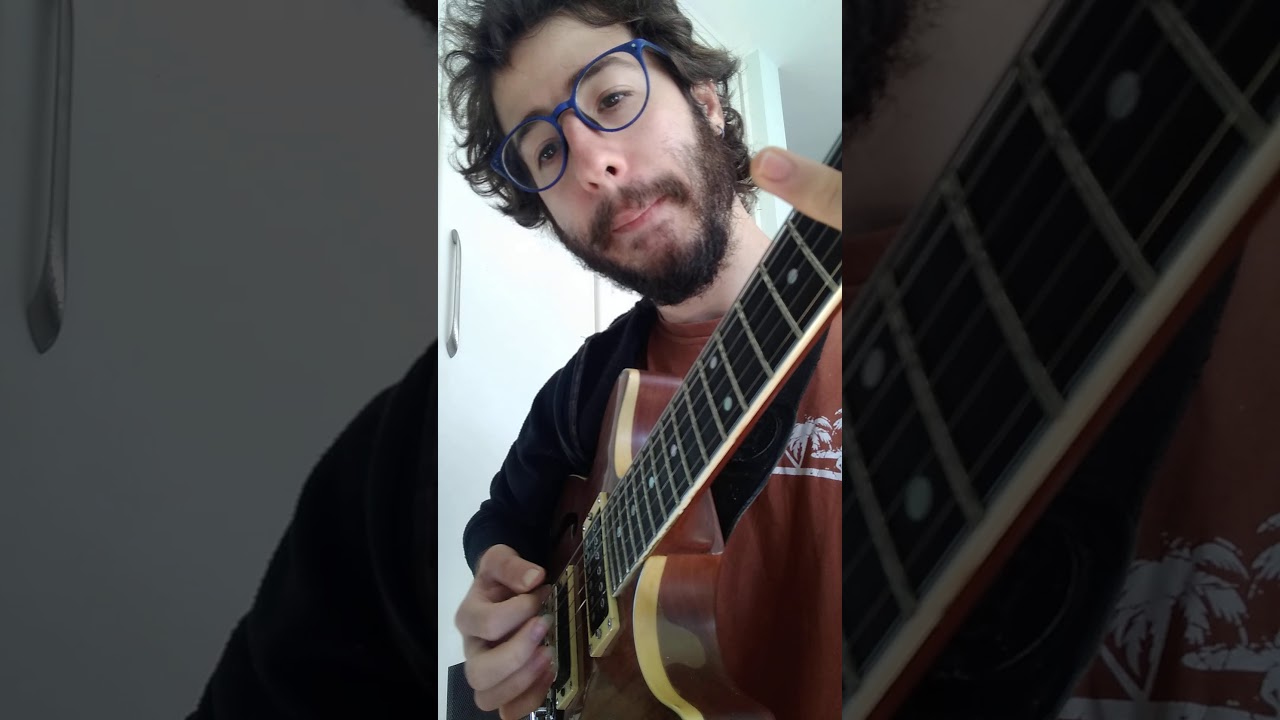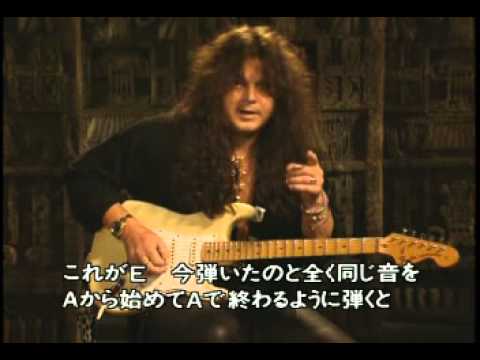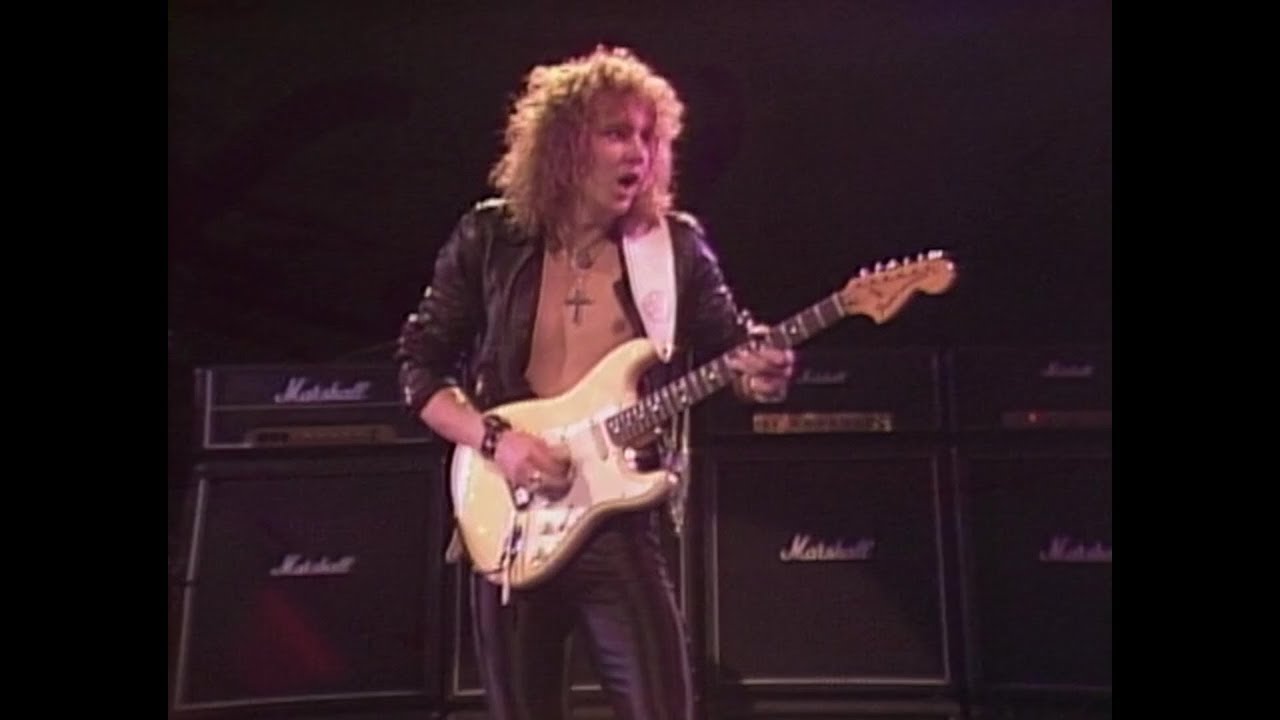Hello folks! I included a more conscious downward picking not long ago. I have this doubt if it is a rest stroke or if the rest stroke is mainly done in the gypsy style. Also I can’t get much more faster in the tremolo picking this way, something like 40bpm lower than if I do it with the upward pickslanting technique. Any tips?
The gypsy style downstroke is a rest stroke when alternating and sweeping. The only time the downstroke does not “rest” is in descending string changes that are all downstrokes. These are “circular” motions, like metal rhythm downstrokes.
It looks like your downstroke is a rest stroke, but your using lateral wrist motion. Most wrist pickers find upstroke slanting (downstroke escapes) more natural. The gypsies are using primarily forearm rotation. Rotation combined with the downward pickslant are how they get speed and power in the right hand.
Amazing answer, thank you!! I will check and try the things you mentioned.
No prob. Watch the Joscho Stephan interview - it should clarify many of these things.
I’ve actually watched it, but maybe now i’ll have more knowledge to absorb it better. But you’e saying that most downstroke slanting use more forearm rotation or is it a more gypsy style kind of picking? Let’s say Malmsteen for example, is his movement also more like a forearm one? (I’ve watched the seminar on him too, but thought he used more the wrist motion). But thinking now about that “watch” thing it made me think he uses forearm movement.
There might be some debate here, but I think Yngwie uses forearm rotation for single string lines, and a rotation+wrist mix for scale and arpeggio playing. It’s quite similar to gypsy technique, just with a less flexed wrist, smaller movements and more palm muting.
Historically, you can see him use more thumb motion like during the Alcatrazz era. His technique changed after recovering from a car crash and he had to completely rebuild his nervous system and picking technique.
It is just weird to me that he never mentions gypsy jazz or django as an influence yet quite a few of his licks and technique tricks stem from gypsy jazz technique just retooled to go faster or to utilize for longer periods of endurance. even in far beyond the sun he plays up one octave of the minor add 2 arpeggio gypsy jazz staple lick, i would be willing to bet he even does it like django.
IMO Yngwie probably was not very familiar with Django or the gypsy jazz scene growing up. He’s pretty outspoken about his influences: Hendrix, Blackmore, Uli Jon Roth, Paganini, Bach etc. I’ve never heard of him mentioning a jazz artist that he liked except maybe DiMeola (and mostly just the technique  ).
).
The idea of downward pick slant / rest stroke oriented technique is actually ancient. It’s probably the most intuitive approach to moving a string with a plectrum, especially when using acoustic instruments. This is a cool video comparing a contemporary lute player with a contemporary gypsy jazz player, and the similarity in techniques are remarkable.
The lute techniques have been essentially unchanged for hundreds of years, and have a lot in common for similar instruments in Mid-East (Oud), India (Sarod), and East Asia (Shamisen, Biwa). You’ll see professional players all using DWPS rest stroke picking. They’ve been doing this through instinct and training for centuries (at least).
So it’s not really surprising that Yngwie used his genius level physical intuition to come to similar mechanical solutions as another genius like Django. They both discovered the strength of the rest stroke independently and elevated it to a very high level of sophistication.
i was also thinking maybe his mom listened to gypsy jazz players when he was a kid.
What a great post! 

I remember Yngwie mentioning that he was inspired to scallop his guitars because someone brought a Lute into the music shop he worked at, maybe the Lute player mentioned rest stroke technique?
I would bet he probably just worked it out naturally. Much like how his fours lick evolved from a single string lick, to the Alcatrazz fours variation and then, true descending fours by the time he was solo. We are talking about a guy who was at a time one of the greatest players in the world here 
The upstroke escape picking strategy isn’t something exclusive to gypsy jazz. Many people arrive at that picking style without it having something to do with gypsy jazz in particular.
Edit: ah, like luckymojo just said too.
Here is some cool history I finally figured out. The gypsy guitars have their inlay dot layout mirrored after the old mandolins. Took me forever to figure this one out. I mean I think you guys are giving Yngwie a tad to much credit here. That isn’t even his real name.
Lol! That is true. I can’t imagine picking Yngwie Malmsteen as my stage name. But seeing as how Englebert Humperdinck was already taken…
It is his name (well one of them) he didn’t pull any of it out of thin air, he just tried to give it a more “unique” spelling. It was likely the name his family called him growing up much like how people often are called by their middle name or nickname instead of the first name as written on their birth certificate. His last name he adopted is his mothers maiden name. Which again isn’t so strange depending on what his family dynamic was. I think he was pretty close to his mother.
You should be a professor of shred history. You seem to know all these random (but interesting) facts about any player that is mentioned on here 
I would be willing to bet, he didn’t think too much about it, and most of it came to him as a byproduct of something else, like what felt comfortable as a muting position on the strings or resting fulcrum position on the guitar. If you look at it from that perspective, it’s hard not to play with an upstroke escape and a little bit of a rest stroke. You can see he also changes to a more aggressive forearm elbow based motion when going across larger portions of the strings, which to me indicates this came out of trying to quiet them.
I think a lot of people developed this naturally in this exact way back in the day, and it’s not really out of any higher level thinking or planning. Now it’s a different story.
Interviews I recall reading casually. Probably just a decent memory. Although never for anything useful it seems.
Yeah I agree. I am sure it is organic. I know the upward slant/DSX I did was a byproduct of elbow hinge feeling faster than anything (or easier) and probably even more important was the only way I could get my Mesa to keep quiet was to pronate and rest the fleshy part of my palm near the thumb across the bass strings. DSX is much more natural in that posture, at least for me it was. Now if only it would have occurred to me that I should have capitalized on this and made all my string changes after down strokes. Oh well.
except i thought one of his relatives owned a recording studio. so depending on who he was around in that environment as well as who his uncle listened to. we don’t know if he was exposed to gypsy jazz somewhere along the way. but being he was in the same continent this shit spawned from it makes sense to me he ripped some of this stuff straight from the gypsies. you have to see it from the perspective of someone with perfect pitch. they probably dont care, well some of the really ego maniac ones, who played what, if it sounds good theyll just play it cause they know the sound exactly or close enough.




